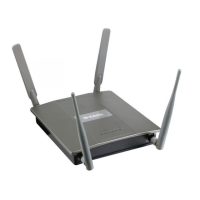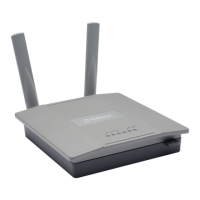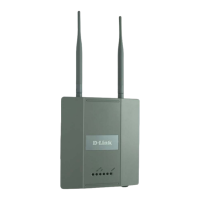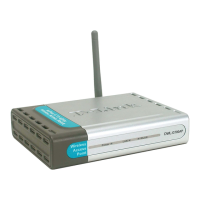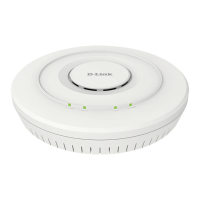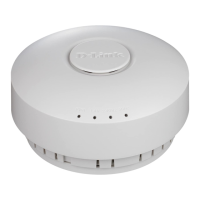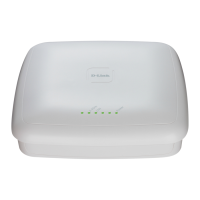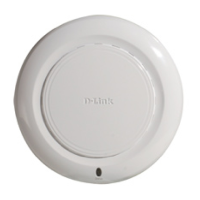Defining SNMP Parameters
D-Link Unified Wired and Wireless Access System
Oct. 2015 Page 129
D-Link UWS User Manual
Figure 54: Trap Flags Configuration
If you make any changes to this page, click Submit to apply the changes to the system.
Table 46: Trap Flags Configuration Fields
Field Description
Authentication Enable or disable activation of authentication failure traps by selecting the
corresponding line on the pulldown entry field. The factory default is
enabled.
Link Up/Down Enable or disable activation of link status traps by selecting the
corresponding line on the pulldown entry field. The factory default is
enabled.
Multiple Users Enable or disable activation of multiple user traps by selecting the
corresponding line on the pulldown entry field. The factory default is
enabled. This trap is triggered when the same user ID is logged into the
switch more than once at the same time (either via telnet or the serial
port).
Spanning Tree Enable or disable activation of spanning tree traps by selecting the
corresponding line on the pulldown entry field. The factory default is
enabled.
ACL Traps Enable or disable activation of ACL traps by selecting the corresponding
line on the pulldown entry field. The factory default is disabled.
Captive Portal Enable or disable allowing the SNMP agent on the switch to generate
captive portal SNMP traps. The factory default is Disable which prevents
the SNMP agent on the switch from generating any captive portal SNMP
traps, even if they are individually enabled.
R1 Version Log Style Enable or disable R1 version Style log that always has the colon symbol
follow with MAC, SSID, RADIO and switch (IP). The factory default is
disabled.
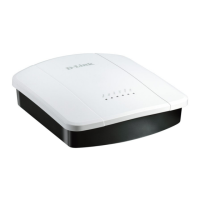
